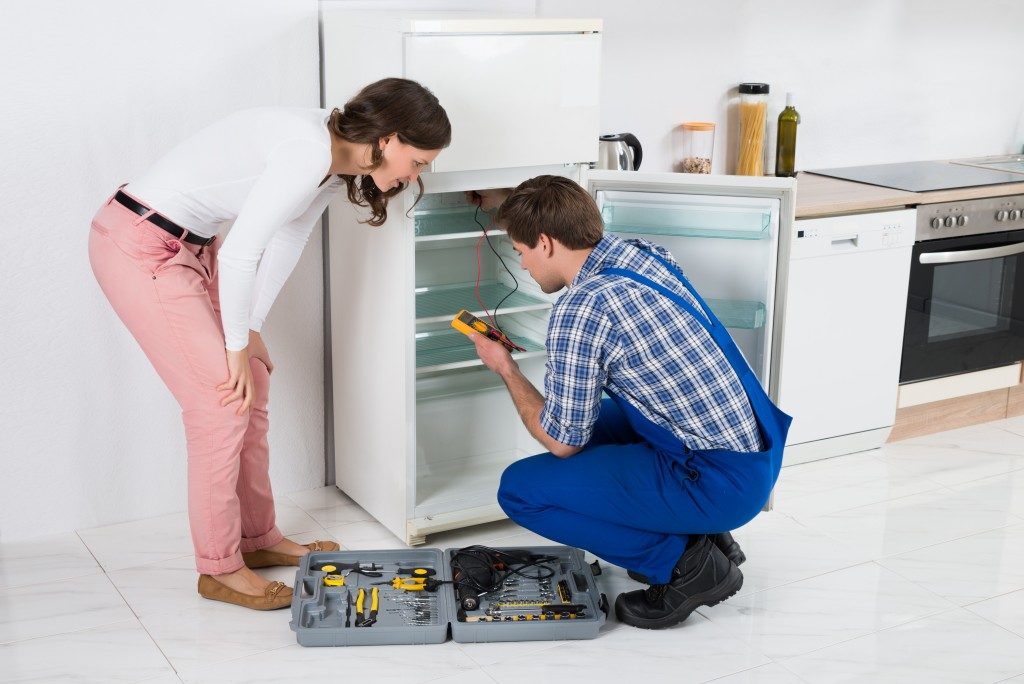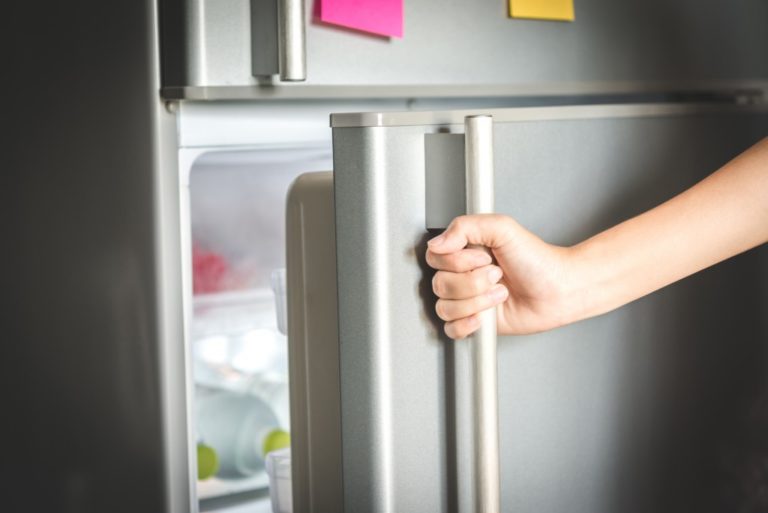In March 2019, some parts of Utah experienced power outages due to a storm. It took several days to restore the power because fallen trees made the process more complicated.
Power outages leave a huge impact on the community and the economy. The Department of Homeland Security (DHS) says this event can disrupt communications, transportation, and water.
Once the power comes back, it may cause a power surge, which is damaging to your appliances. A power surge happens when the electric charge increases at a certain point in the power lines. This sudden increase of electric charge can damage your refrigerator, especially if you leave it plugged in during the power outage.
Prolonged power outages can also result in food spoilage and water contamination.
Increased Risks of Food Spoilage
The U.S. Department of Agriculture (USDA) explains the refrigerator will keep the food safe for about four hours if you keep it closed. A full freezer, meanwhile, will retain its temperature for about 48 hours when it remains closed, as well.
Not all the food items in your refrigerator are safe to eat after a power outage, however. You must dispose some of them to prevent health problems. According to FoodSafety.org, the food items you can save include:
- Hard cheeses (Cheddar, Colby, Swiss, Parmesan, Romano, provolone)
- Processed cheeses
- Grated Parmesan and/or Romano
- Butter or Margarine
- Uncut fresh fruits
- Opened fruit juices
- Dried fruits, raisins, candied fruits, dates
- Bread, cakes, muffins, tortillas, quick bread
- Fruit pies
- Uncut fresh vegetables
- Fresh herbs, spices, mushrooms
An appliance repair service in Salt Lake City, or other cities in Utah, will help restore the function of your fridge. But you can also prevent a sudden breakdown.
Protecting Your Refrigerator from Power Surges

Surge protectors are a cost-efficient investment to help you protect your appliances, like your refrigerator, from power surges due to power outages. Keep in mind, however, surge protectors are different from power strips. A surge protector provides protection against power strikes in joules.
Surge protectors that have more joules can handle one large surge, or several smaller surges, before your appliances break down. The components of a surge protector wear down over time, which makes the device less effective.
Apart from the joules, you have to consider other factors to identify the device’s performance, including:
- Clamping voltage – this indicates when the surge protector will activate to divert excess voltage to ground. Lower clamping voltage is better.
- Response time – this shows how quick is the reaction of a surge protector to divert excess voltage. Surge protectors that have lower response time activate faster.
- Underwriters Laboratories (UL) 1449 – this is the safety standard for all Surge Protective Device (SPD), which provides the certification criteria, design requirements, and product performance testing manufacturers have to meet. These factors determine if the device is safe to use.
Some surge protectors offer extra features, like USB ports, LED displays, and built-in circuit breaker. But these additions may increase the cost of the device. Focus on what your appliance needs first so you can make the most of your surge protector. Alternatively, an electric engineer can help you determine a suitable surge protector for your appliance.
Power outages can’t be helped when a storm hits. And these outages will take their toll on your refrigerator if it doesn’t have protection. Use the right surge protector, and keep your fridge running even after a power outage.




